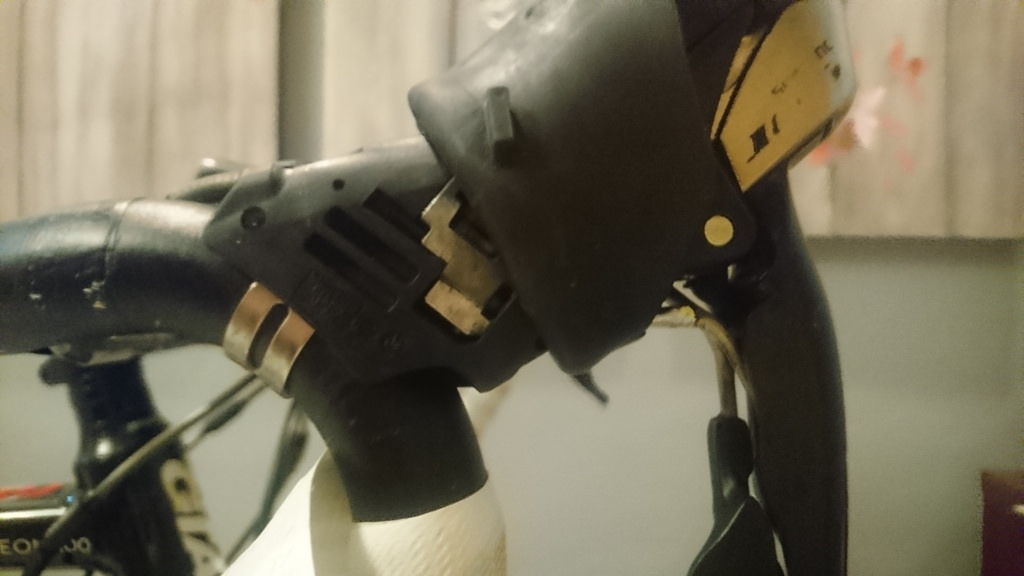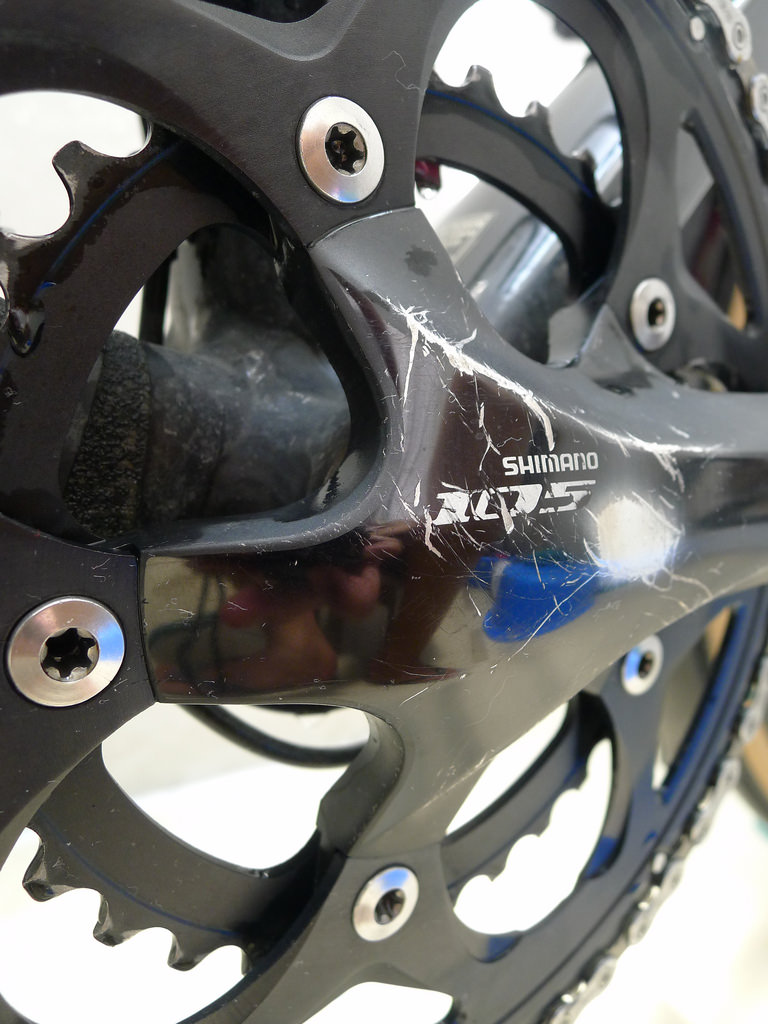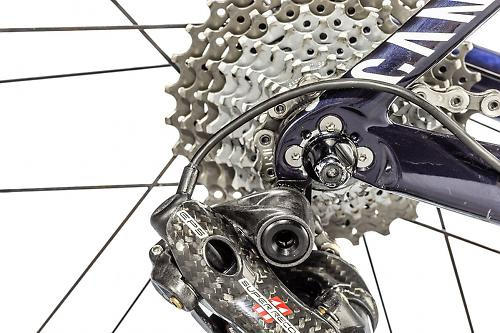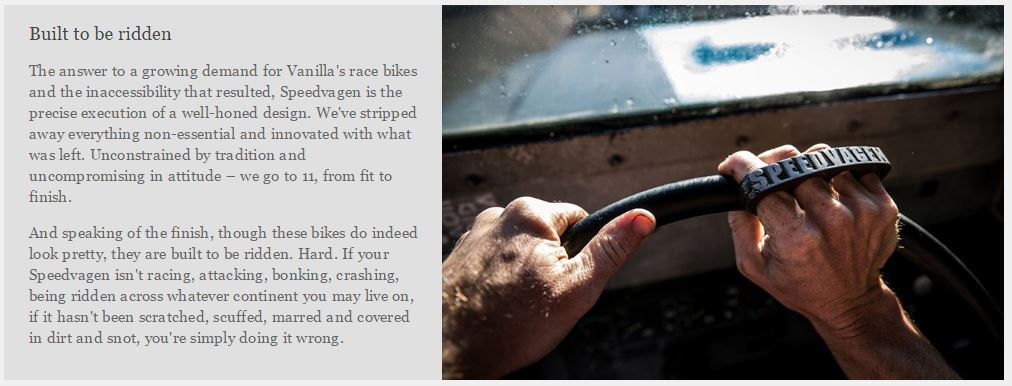In case it isn’t immediately obvious, this funny looking word is a portmanteau of the two words “beauty” and “usage.”
Rivendell Bicycle Works founder Grant Petersen is credited with coining the above term.

Photo credit: WUWF.org (WUWF 88.3)/Grant Petersen
Among cyclists, Petersen can be quite the polarizing figure. In an age of carbon fiber frames, ever more technical cycling clothing, aggressive racing mentality, and clipless pedals, he advocates lugged steel frames, street clothes, a laid-back attitude, and sneakers pushing down on platform pedals. To some, he is nothing more than a cantankerous retro-grouch. To others, he is a traditionalist god…and frankly, I’ve been burned in the past by people who worship his example at all costs and will shove it down your throat at every possibility, which is why I don’t particularly have a good initial association with the Grant Petersen name. But I digress.
Some of his philosophy is gaining traction though, mainly due to sheer practicality winning out over misplaced trendiness. Professional road cyclists are now seeing the merits of wider tires; where once rock-hard 20 mm tires would have been desirable, is now the domain of much plusher, lower-pressure 25 mm rubber. More and more people are seeing that road cycling (a) need not involve racing all the time and (b) need not involve a proper road made of concrete or asphalt, either.
For me though, “beausage” is his biggest contribution.

The painted-on Shimano 105 logo on Hyro’s control levers has faded away after having my hands hold them for many hours of riding.

Just a few of many paint chips that pepper Bino’s frame, exposing the aluminum underneath.
Take a look at your bike. Is it all shiny and looking like brand new? Or has it seen its share of battle scars? If it is brand new, will you regret the day when it picks up its first scratches from either a crash, careless handling, or simply falling over at a bad time and place?
As interpreted by others, the whole mindset of “beausage” is that things gain beauty when they are used, and used regularly. Whatever the object in question is, you are putting it through its paces and extracting maximum value out of it. Put another way, it is a manifestation that it is you who owns the object in question – it does not own you.
I saw the opposing mindset all the time in my younger days in car clubs. So many members with either cosmetic or functional modifications on their rides, yet they are nothing more than garage queens, never used the way they are intended to be. They look nice and clean, and they are fodder for conversation, but that’s it. This worship of material things is blatantly obvious in this particular circle; very few car club members in the Philippines in my experience can actually drive their cars well on a racetrack. Their cars might as well own them.
This object-worshiping culture has started to permeate cycling as well. Everyone wants a spotless bike with no scratches or imperfections, otherwise it’s nothing more than damaged goods. Sometimes it makes one wonder if it’s a bicycle one really wants, or a display piece to hang on a wall.

My Shimano 105 FC-5750 crank was bought second-hand to begin with. Since its installation, it’s picked up deep gouges from outside chain drop and a very shiny divot from rubbing on my heels.
It’s a little pathetic. It’s a bike, for crying out loud. Riding it will entail crashing and cosmetic damage of some sort, at some point. If you are so worried about scratching up your equipment, then I think you might want to reconsider your choice of sport – perhaps because you are not riding as hard as you could, or should, be.
Patches of shiny metal on a black crank arm polished by shoe rub. Deep gouges from outside chain drop. Discolored paint on the frame. Scratches on the fork, pedals, and control levers. These might seem unsightly to you, but they are proof of the bicycle’s story.

Colombian climber Nairo Quintana’s Canyon Ultimate CF SLX, from the 2014 pro road cycling race season. Photo courtesy road.cc.

Closer inspection reveals a scratched-up drive-side seat stay, among other dings and cosmetic damage. Photo courtesy road.cc.

More battle scars around the rear dropouts. Photo courtesy road.cc.
Indeed, professional cycling team Movistar-Canyon is known for selling off its actual race bikes at the end of each season. Not replicas: actual race bikes ridden by Alex Dowsett or Nairo Quintana. Judging by the large amount of money each bike fetches for sale, it’s clear that people are interested in the stories that these bikes have – much like how old cars wearing a layer of patina fetch fantastic prices from American car collectors and auction houses.
Custom bike maker The Vanilla Workshop, based in Portland, Oregon, apparently even offers a US$10 “first scratch” upgrade for its Speedvagen brand. It seems outrageous to avail of this on a very expensive custom bicycle, but it’s there. I’ll let them do the talking on this one:

Screenshot taken from The Vanilla Workshop/Speedvagen website, March 14, 2017.
As long as the bike is properly maintained and mechanically sound, all of this beausage, taken collectively, should be a badge of honor made on behalf of your kind of riding. You ride hard and put on the miles, having adapted the capacity to suffer and persevere. It is also a honor bestowed on behalf of the instrument you do it all on: the bike that can take it all on the chin…and ask for more the next day.

Scratches all over Bino’s fork blades shown under the harsh light of a flash bulb. It’s a losing battle keeping scratches off a folding bike that sees lots of use.
The next time you scratch up your immaculate new bike, make a huge smile. You are now officially relieved of the pressure of keeping up the appearance of a brand new bike. You are now officially free to do whatever type of riding you want, no longer shackled by the expectation of keeping your bike pristine. You are now ready to trust your machine and go on all sorts of adventures. (And you also save US$10 compared to having Speedvagen do it for you.)
May your bikes have as many scratches and rub marks as you have riding stories to tell. Now ride your damn bike.
Advertisements Share this:
![The Age of Miracles: A Novel by [Walker, Karen Thompson]](/ai/005/629/5629.jpg)



